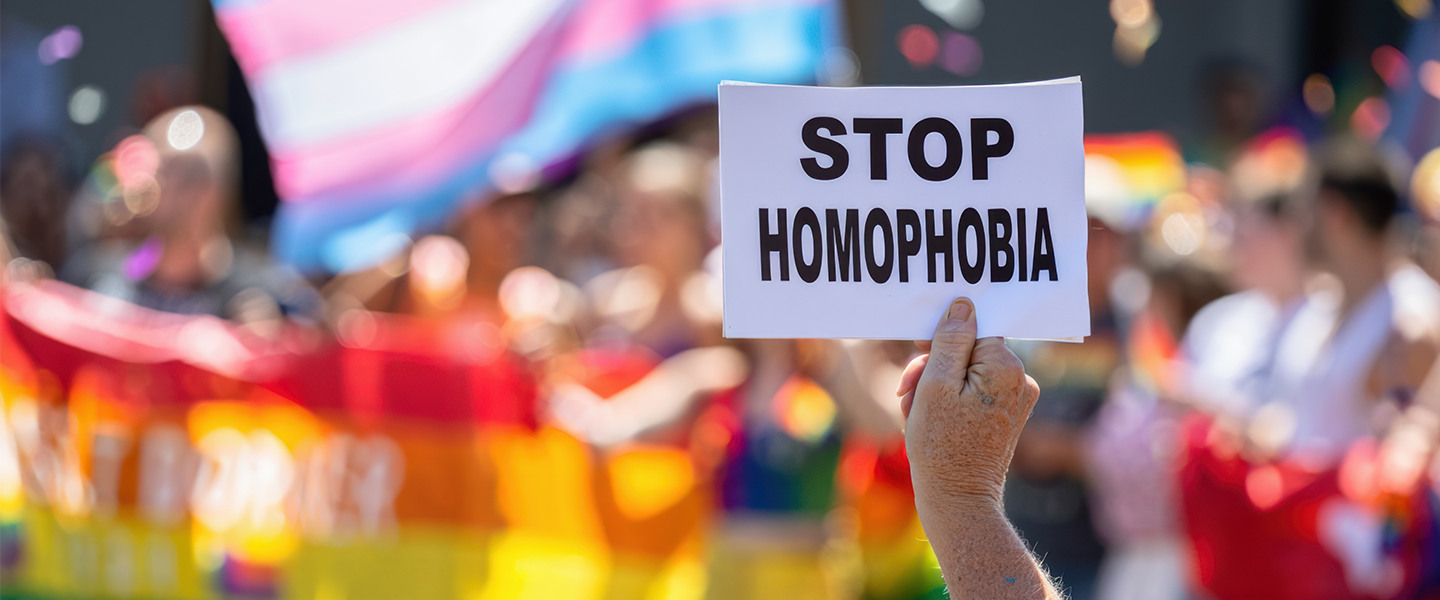
Diversity & Inclusion: a case of targets, quotas or freewheeling?
The topic of setting Diversity & Inclusion targets may never have been more timely: emerging data on the workforce impact of the pandemic has indicated that women are more adversely affected than men, impacting talent pools and gender distribution in organizations. How to reset the clock will address many steps, and one of the most imminent and impactful ones involves setting Diversity & Inclusion (D&I) targets.
It is becoming common knowledge that the presence of Diversity in an organization, coupled with an inclusive environment, can foster innovation, better problem-solving capabilities and stronger analytical skills. To achieve this, Fortune 500 organizations leading in the area of D&I have concluded that among other initiatives, targets are a “must have” in order to see progress and identify hidden hurdles.
If this is so, then why do conversations around D&I targets often remain contentious and emotionally charged?
First, why even set targets? For the most part, corporations define their revenue or profit goals and objectives, develop strategies to achieve these and then measure and report their progress along the way. The famous saying, “What gets measured gets done”, (often attributed to Drucker or Demings), is as correct today as it was 100 years ago.
Targets and measures are common language in organizations and permeate from sales and marketing to operational excellence to finance. D&I initiatives are no different. It is necessary to determine the objective, measure progress, identify hurdles, take corrective action as needed and celebrate successes.
Where there is aversion to D&I targets, the answer is a complex composition of a confusion between targets and quotas, complemented with the presence of hidden privileges fueling a resistance or even fear of sharing leadership with “the other”, and concerns of so-called injustice or lowering the bar. Let’s look into each of these challenges:
Confusion between targets and quotas
This is one reason among many why people oppose the setting and communicating of D&I targets. Largely simplified, quotas are fixed minimum numbers that must be reached no matter what, which can sometimes be tied to penalties. They are often met with resistance as they are seen as a number that has been imposed on an organization by an external entity, such as a regulating body.
“D&I targets should ideally be a stretch; however, not impossible to reach”
In some countries, quotas have become an unavoidable part of the conversation, because “soft targets” remain unsuccessful. The trend for gender quotas on supervisory boards is a good example of quotas. Spain, Belgium, Norway, Germany and The Netherlands are among a handful of countries that set gender quotas for supervisory boards.
On the other hand, targets can be thought of as aspirational goals; they are more flexible than fixed. Generally speaking, D&I targets are based on market availability numbers, in-house talent pools, market best practices, or – at times – governing bodies’ recommendations. For the latter, take the UK’s recommendation to see a minimum of 25% of women on supervisory boards.
In 2019, Nestlé announced an ambitious target to “increase the proportion of women in the group’s top 200 senior executive positions from around 20% at present to 30% by 2022.” D&I targets should ideally be a stretch; however, not impossible to reach.
Whilst countries may have taken different approaches to D&I, across the globe three focus areas may legally be monitored and reported: gender, nationality and inclusion. This leaves other areas of Diversity (e.g. age, disability, ethnicity, GLBTQ+, religion) nearly impossible to measure globally unless employees willingly provide this information.
This explains why most prevalent global D&I targets in the Fortune 500 are set on gender, nationality and inclusion. In many instances, specific regional or country targets are selected in addition. It is far more common to see global D&I targets than global D&I quotas in the private sector, especially at management levels.
“When new recruits are considered, they “don’t feel like they fit” with the prevailing culture. This can result in visible and invisible secondary biases”
The presence of hidden privileges
This relates to those who are in power (the “in group”) consciously (or unconsciously) believing they may be forfeiting something – and worse, unjustly forfeiting something. This often manifests itself by statements like: “If more women (or black people, or members of the GLBTQ+ community, or people with disability) are supposed to reach senior leadership positions, then there will be less opportunity for me.”
In various Fortune 500s, this fear is proactively addressed by speaking about improved better performance with D&I, hence more growth, and therefore more opportunities for everyone. Nevertheless, it remains a complex conversation, best addressed openly and without vilifying the in-group, instead allowing conversations to take place, and worries to be aired in a facilitated manner.
Role modeling of senior leaders and key influencers is paramount to a constructive conversation, where the D&I business case is boldly stated and expectations of employees and their managers are clearly shared.
Resistance to sharing leadership with ‘the other’
Powerful in-groups can unconsciously design and lead an environment, becoming conducive to promoting the same “majority” members over and over, because this feels “normal”. When new recruits are considered, they “don’t feel like they fit” with the prevailing culture. This can result in visible and invisible secondary biases that become rooted in systems and processes, which over time, become part of a corporate culture built on exclusion.
Within such systems, sharing the leadership roles with members from the underrepresented group feels uncomfortable for the majority as it requires them to adjust normal patterns of behavior. Working with those who are different to you entails changing habits, rules, guidelines and behaviors so as to include them. Clear managerial behavioral guidance and cultural reinforcement is useful to eliminate exclusive behaviors and promote an inclusive environment. Key HR systems and processes should be reviewed and redesigned and, as part of this approach, Inclusion targets set.
Lowering the bar
The fear of lowering the bar appears as soon as targets are set – the idea that corporations might “unfairly” hire people from underrepresented groups who are less skilled is one raised by many members of an organization. This is what you may hear in statements such as “But we need to hire for merit not for color or gender!”
On most continents, more women graduate from university than men, and the pool of candidates from all types of backgrounds is ever-growing. Nevertheless, as soon as targets are set (e.g. “50% of all hires to be women”), this conversation surfaces, and is often associated with a fear of lowering the quality of candidates. Suppressing the topic takes market availability data and regular reiteration of the D&I business case. In addition, it is helpful to share target-based market hiring best-practice insights from like organizations to put the conversation to rest.
Research Information & Knowledge Hub for additional information on IMD publications

In President Trump’s second term, a variety of executive actions have reversed social progress. Withdrawing from the Paris Climate Agreement presents a significant challenge to bending the global emissions curve since it is one of the world’s larg...
In times of upheaval, people not only look to institutions for reassurance, but also for guidance. They want to know what their schools, employers and managers stand for. Business schools have a special responsibility in this respect. We are not n...
in I by IMD
Research Information & Knowledge Hub for additional information on IMD publications
in I by IMD
Research Information & Knowledge Hub for additional information on IMD publications
in I by IMD
Research Information & Knowledge Hub for additional information on IMD publications
in I by IMD Brain Circuits 17 June 2025
Research Information & Knowledge Hub for additional information on IMD publications
in I by IMD
Research Information & Knowledge Hub for additional information on IMD publications
in I by IMD
Research Information & Knowledge Hub for additional information on IMD publications
in Stanford Social Innovation Review Online 2 June 2025
Research Information & Knowledge Hub for additional information on IMD publications
in I by IMD
Research Information & Knowledge Hub for additional information on IMD publications
Research Information & Knowledge Hub for additional information on IMD publications
in I by IMD
Research Information & Knowledge Hub for additional information on IMD publications








